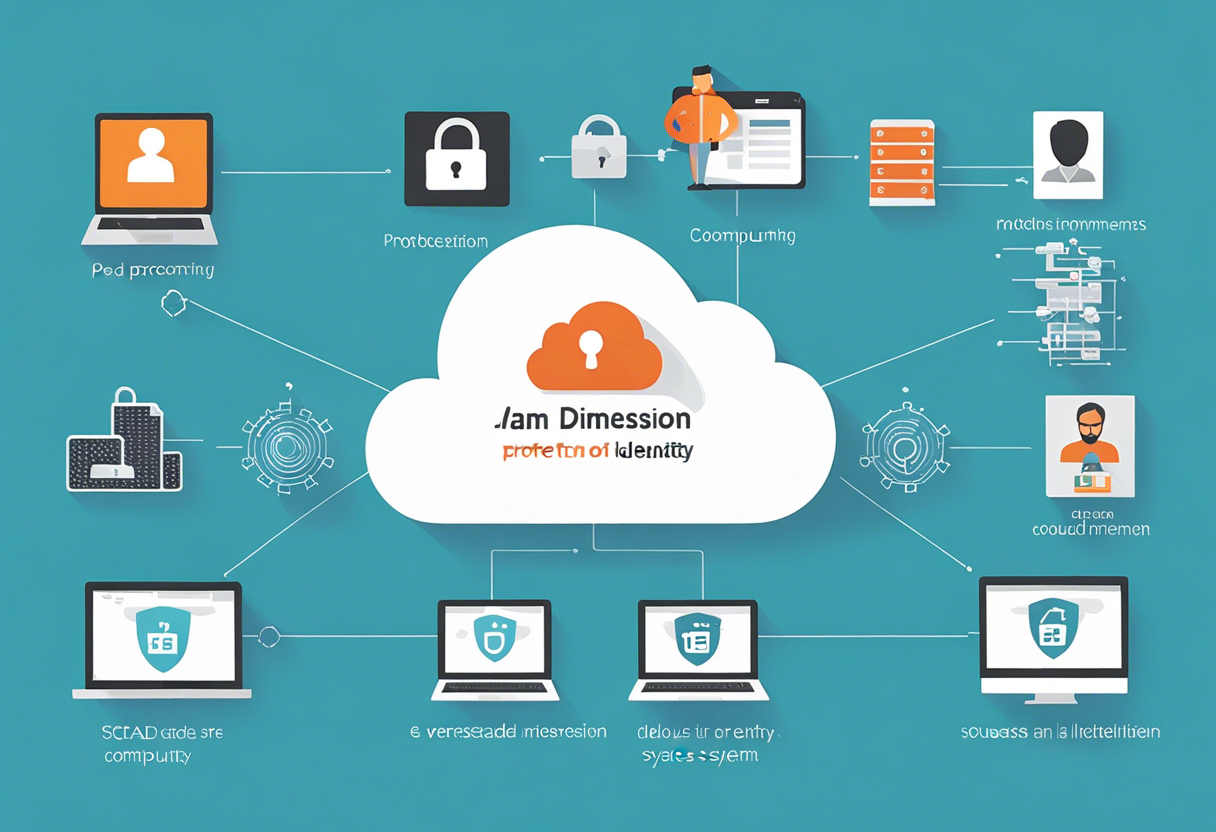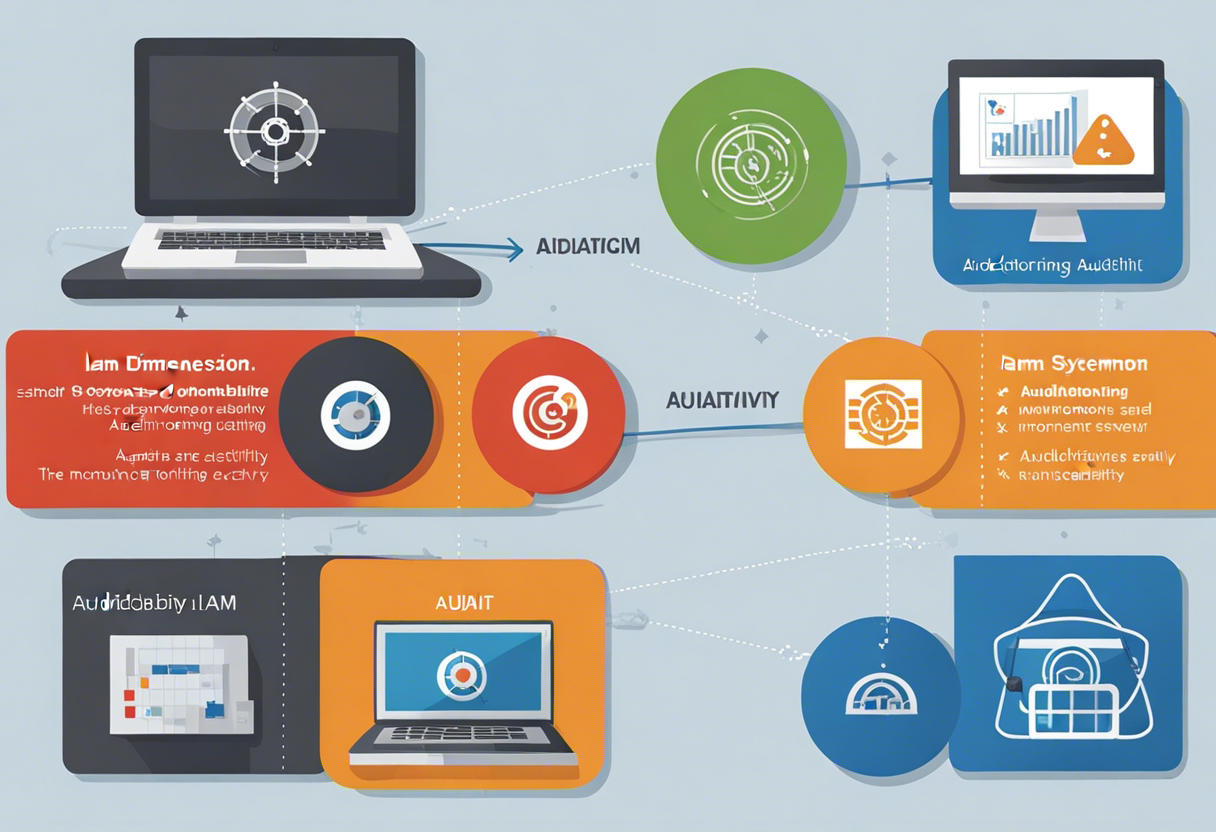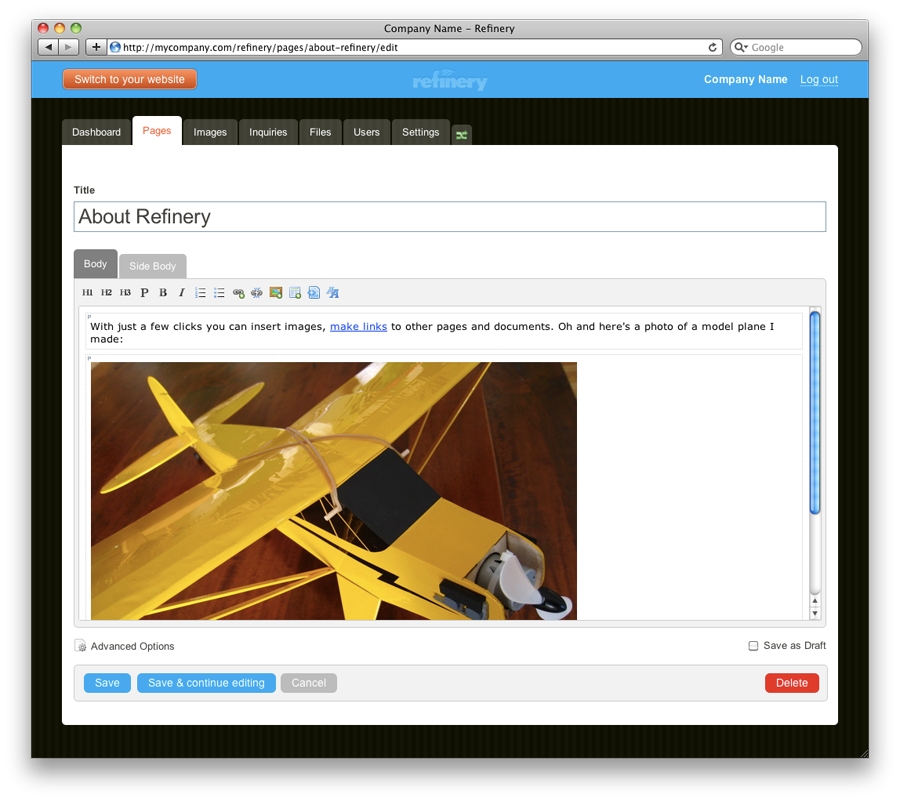Mastering the Skies: Top Five Dimensions in Navigating Cloud Computing Identity and Access Management
As we hover our eyes towards the horizon of Information Technology, we notice a swelling wave of a revolution: Cloud Computing. What once were giant, physical servers lining up in dingy data centers, we now witness an ephemeral world of virtual data clouds. There's a key issue here though, Skynet isn't a fairy tale anymore, there are genuine concerns for secure digital protocols. The evolving realm of cyber security has now moved beyond physical barriers, into the limitless expanse of the cloud.
This transition to cloud computing has amplified the need for robust Identity and Access Management (IAM). Traditional methods of securing systems and data are not designed to cover expansive, amorphous cloud environments. Moreover, the advent of mobile logging and public hotspots add another layer of complexity to security concerns. The digital landscape is ever transforming, which leaves IAM to evolve and adapt accordingly.
The complexity of IAM in cloud opens a Pandora’s box of opportunities for hackers and malicious users. There are numerous strategies that they openly exploit to gain unauthorized access. As we delve in, we find that number of dimensions getting entangled, creating a web of digital security concerns.
IAM Dimension: Protection of Identity Data

Let us begin dissecting the intricacies of cloud IAM, starting with identity protection. Every user is assigned an identity, which they use to access systems, data, or resources. This identity can be compromised in numerous ways, either through breaches, phishing, malware, or even false identities.
Cloud computing creates an environment where identities are not just localized to one physical server but are spread across multiple servers, potentially spread around the world. This vastly increases the risk of identity compromise. Protection of this identity data, therefore, becomes paramount. If the identity is compromised, the malicious user would have the same data access privileges as the original user. This is a frightening prospect.
IAM Dimension: Access Rights and Privileges

Access rights might seem simple from the surface, but it is a labyrinthine world of complexity at its core. Differentiating between who can access what and how much they can access becomes a very fine line to tread on. These rights and privileges are decided by IAM policies in place.
Different employees in an organization need varying degrees of access to data. For instance, a typical employee may only need to access a few specific databases, while the IT team might need broad access to manage the systems. Properly managing these access rights and privileges is a critical IAM dimension in cloud computing. Inadequate control can inadvertently expose sensitive information.
IAM Dimension: Monitoring and Auditing

Our focus here will be on the effectiveness of IAM systems which lies in their auditability and adaptability. How well are changes in the IAM system monitored? How well can unauthorized accesses be audited? The constant vigilance the monitoring lends, is one of the vital aspects of IAM.
The auditing system is responsible for keeping an eye on all the recorded actions. They keep track of when the access was granted, who accessed the system and from where they accessed it. Having an effective audit trail helps in quick identification of any malicious activity and rethreading them, thereby nullifying potential threats.
IAM Dimension: Authentication and Authorization

Authentication forms the crux of the access system. On a high level, authentication is the process of verifying the identity of a user. Once the identity is authenticated, authorization is the next step, which defines what data the user can access.
Cloud environments, particularly public ones, face higher risks of authentication breaches, given that access can be made virtually from anywhere. Multi-factor authentication is rapidly becoming a common solution to this problem, where users are required to provide multiple evidences of their identity – such as something they know (e.g., a password), something they have (e.g., an ID card), and something they are (e.g., fingerprint).
IAM Dimension: De-provisioning

Now, while access provision is critical, what’s equally important is de-provisioning - the process of revoking access rights when they're no longer needed. This is often overlooked in the hustle of developing and implementing IAM systems.
When an employee leaves a company or changes roles, their access needs to be redefined or revoked to prevent unauthorized access in the future. This has to be executed with precision in the cloud, since the digital footprint of that identity gets spread across multiple servers. Therefore, de-provisioning forms a crucial IAM dimension.
The complexity and opportunities in navigating cloud IAM are rich and varied. Organisations venturing into cloud computing need to thoroughly understand these dimensions and plan their IAM policies accordingly. The ultimate goal should be to achieve a balance between secure access and agility.







